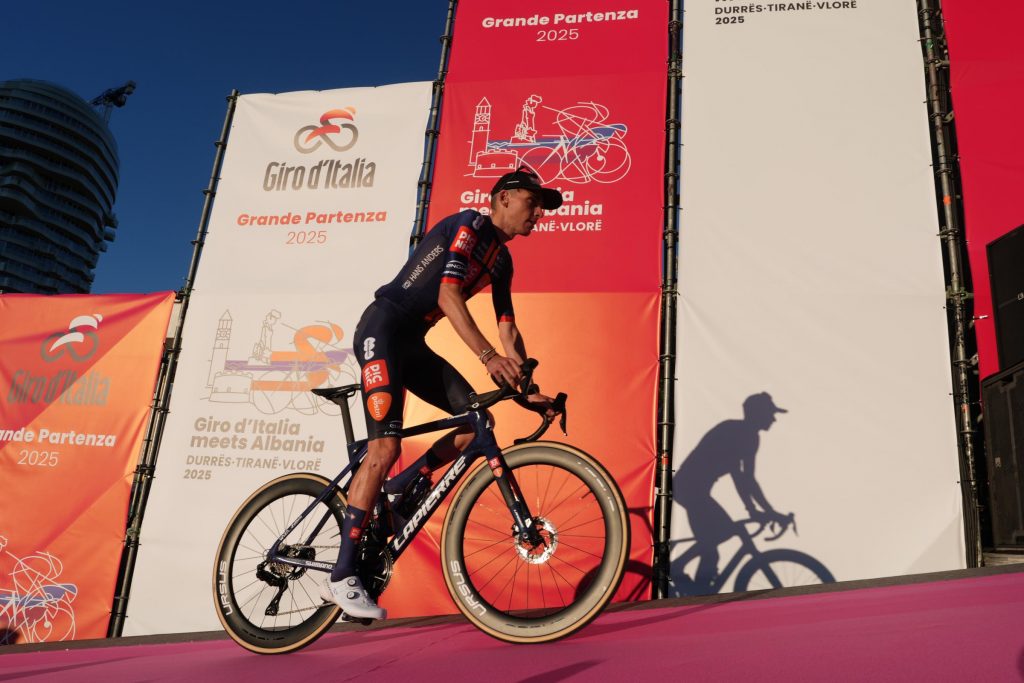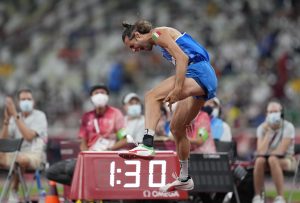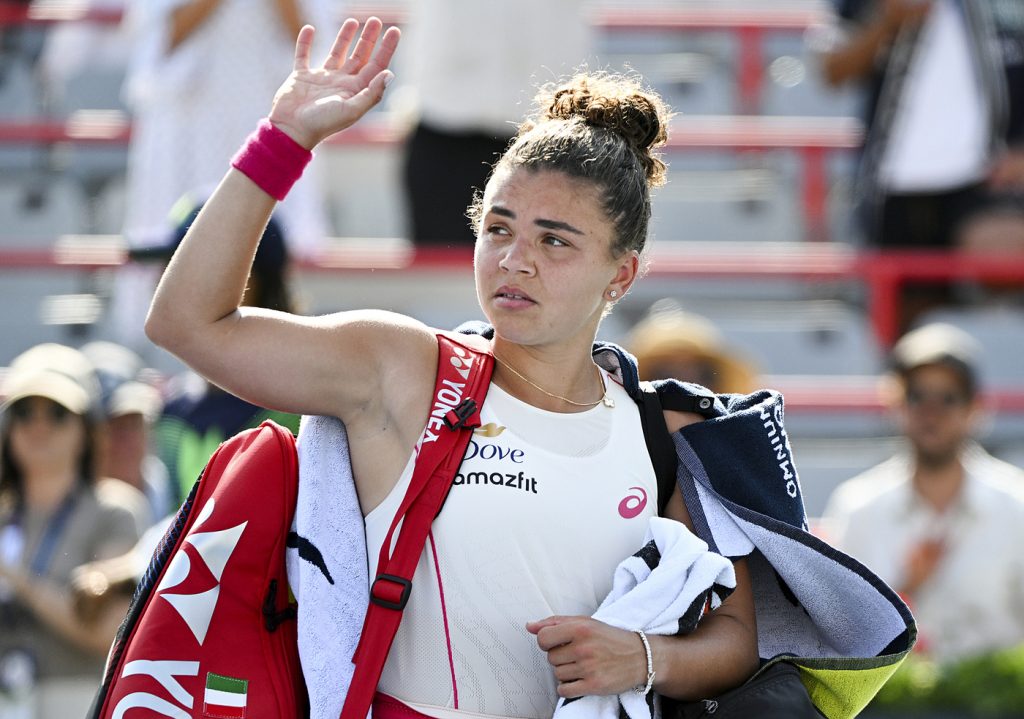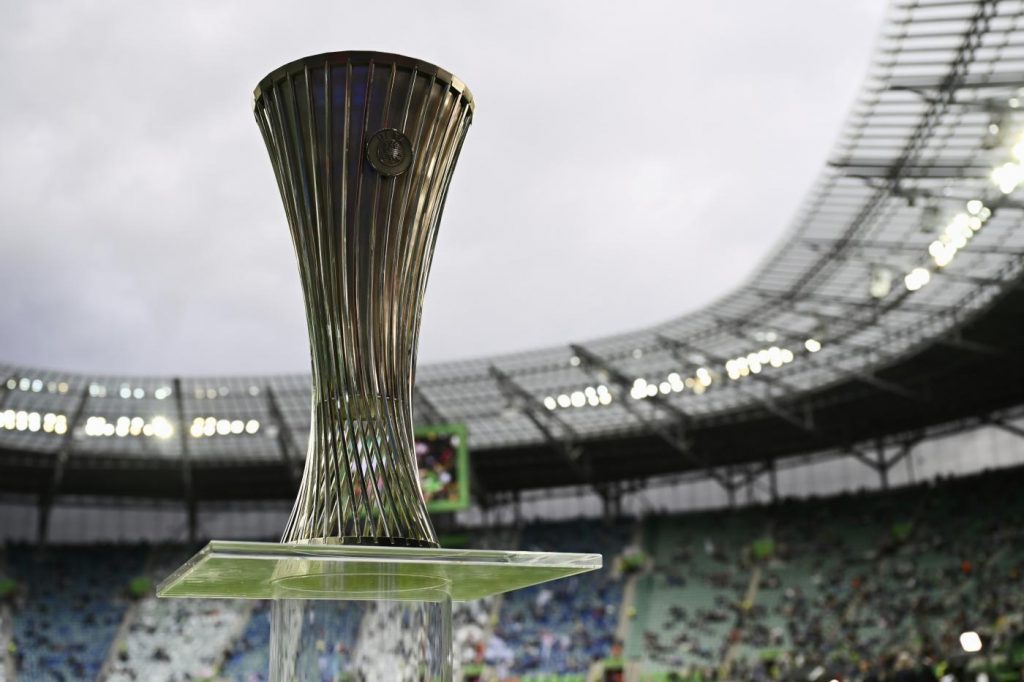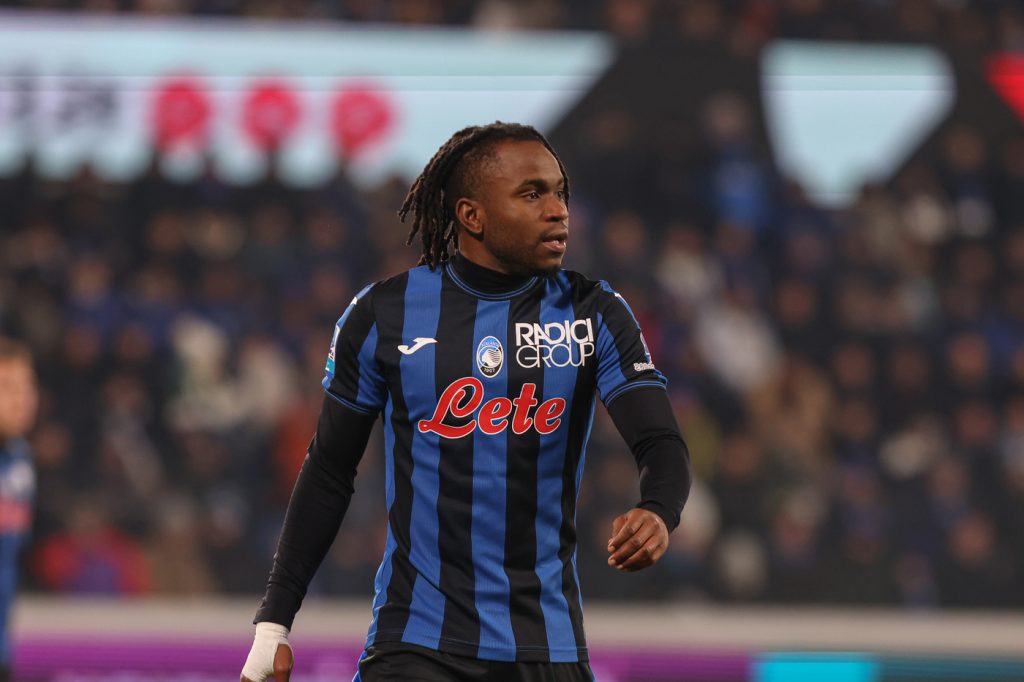The 2025 Giro d’Italia will kick off on May 9th from Durrës, Albania, and conclude on June 1st with its traditional sprint finish in Rome, which hosts the finale for the third year in a row. The race spans 3,443 kilometers and touches 15 Italian regions, with Liguria, Molise, Calabria, Sicily, and Sardinia absent from the itinerary.
This edition features only one truly demanding summit finish, but plenty of stages are suited for long-range attacks. There are two individual time trials totaling 42 km, and two gravel stages, with 30 km of unpaved roads between Gubbio and Siena. The Colle delle Finestre, peaking at 2,176 meters, is the highest point of the race. The legendary Mortirolo climb will serve as this year's Montagna Pantani, a tribute on what would have been Marco Pantani’s 55th birthday.
The opening stage from Durrës to Tirana features a punchy profile, ending just after a key climb. Stage two, a 13.7 km time trial, starts at Skënderbej Square and finishes near the Prime Minister’s office in central Tirana—an event strongly supported by Edi Rama. The third stage from Vlorë to Vlorë features two climbs, including the steep Qafa e Llogarasë, followed by a downhill and flat finish. Riders will then transfer to Italy by air or sea.
After a rest day, the race resumes in Apulia with a flat stage from Alberobello to Lecce for the sprinters, followed by a more rolling route from Ceglie Messapica to Matera. On May 15, the race returns to Naples, starting from Potenza. The first real uphill finish arrives in stage seven at Marsia, with a final 2.4 km stretch averaging 10% gradient. The following days offer challenging routes, including the Giulianova-Castelraimondo stage and the highly anticipated Gubbio-Siena gravel stage with four sectors borrowed from the Strade Bianche.
The second time trial, from Lucca to Pisa (28.6 km), follows the next rest day. Then comes a mountainous stage from Viareggio to Castelnovo ne’ Monti, featuring San Pellegrino in Alpe and several steep ramps. Fast men will get their chance again between Modena and Viadana, before the punchy Rovigo-Vicenza stage and the Treviso-Nova Gorica leg, paying homage to Slovenian fans. The Fiume Veneto-Asiago stage brings riders back into the mountains, with the Monte Grappa at its heart.
The final week will be decisive. It opens with a summit finish in Brentonico after four major climbs. The next day, a high-altitude test from San Michele all’Adige to Bormio includes the infamous Mortirolo. A sprint stage from Morbegno to Cesano Maderno follows, before heading to Champoluc with three serious climbs en route. On May 31, the queen stage unfolds from Verrès to Sestriere, featuring the Lys, the gravel ascent of Colle delle Finestre (Cima Coppi), and the Olympic climb to the finish. Finally, on June 1st, the Giro concludes in Rome with a flat stage tailored for the sprinters and dedicated to the Jubilee year.




 2' min
2' min